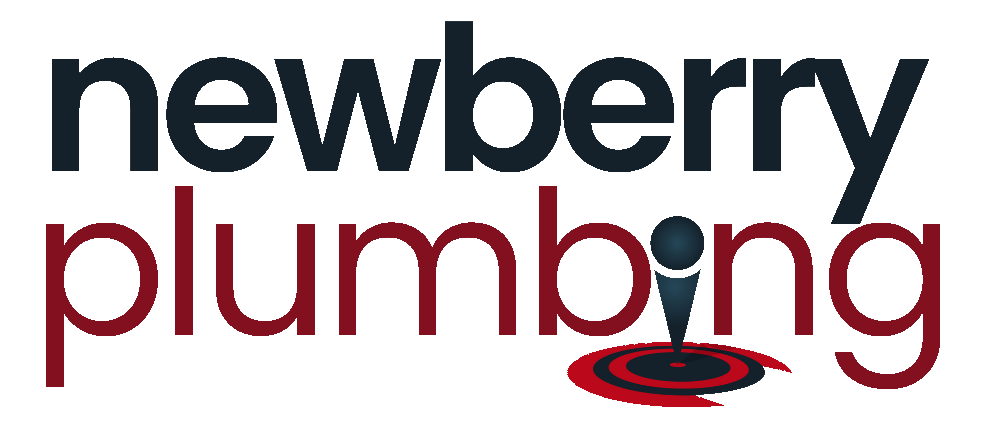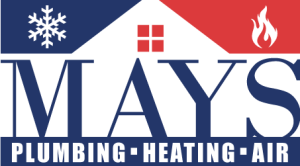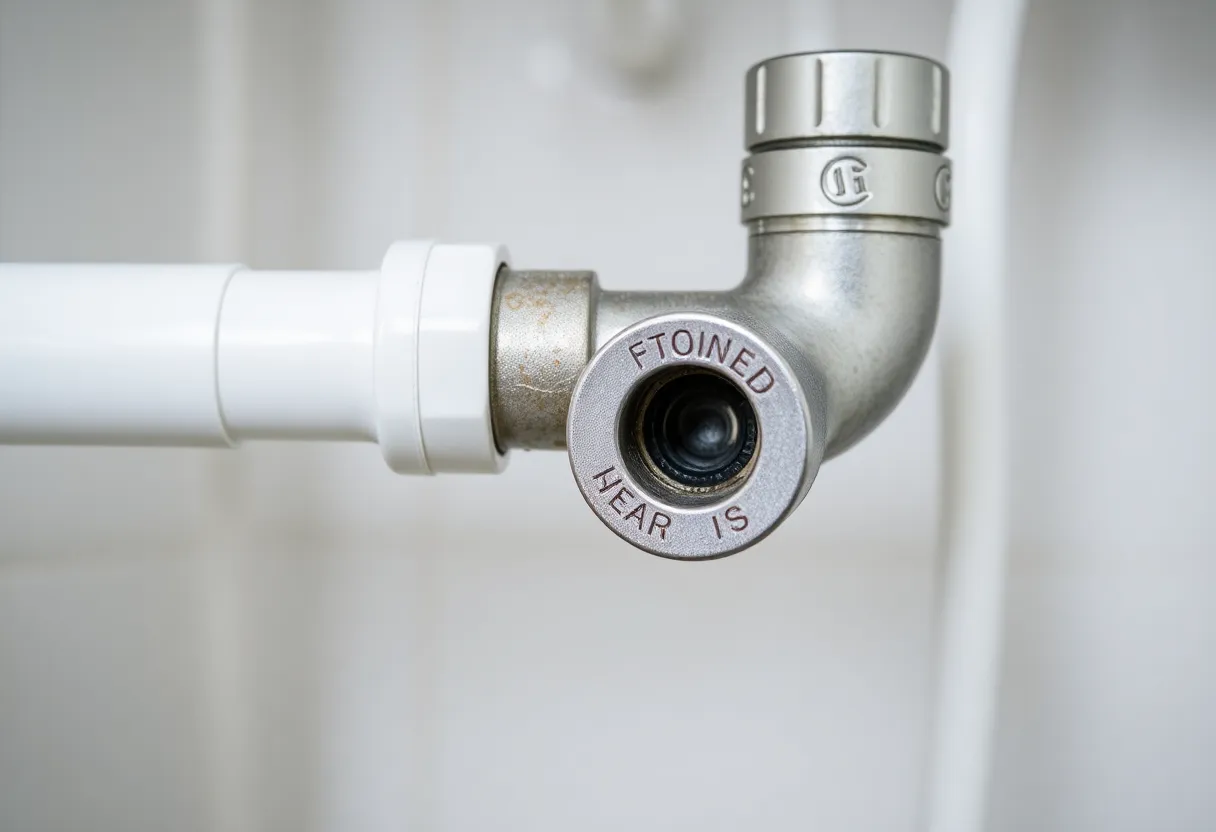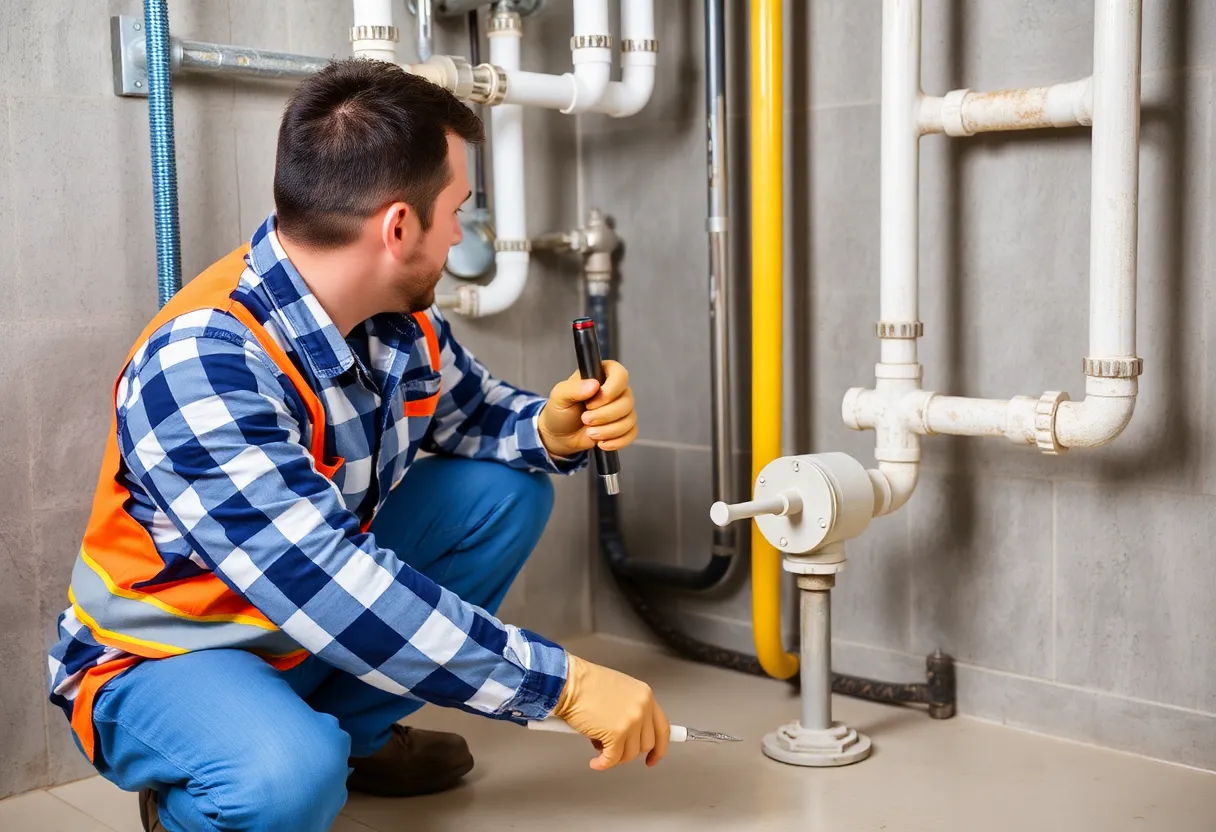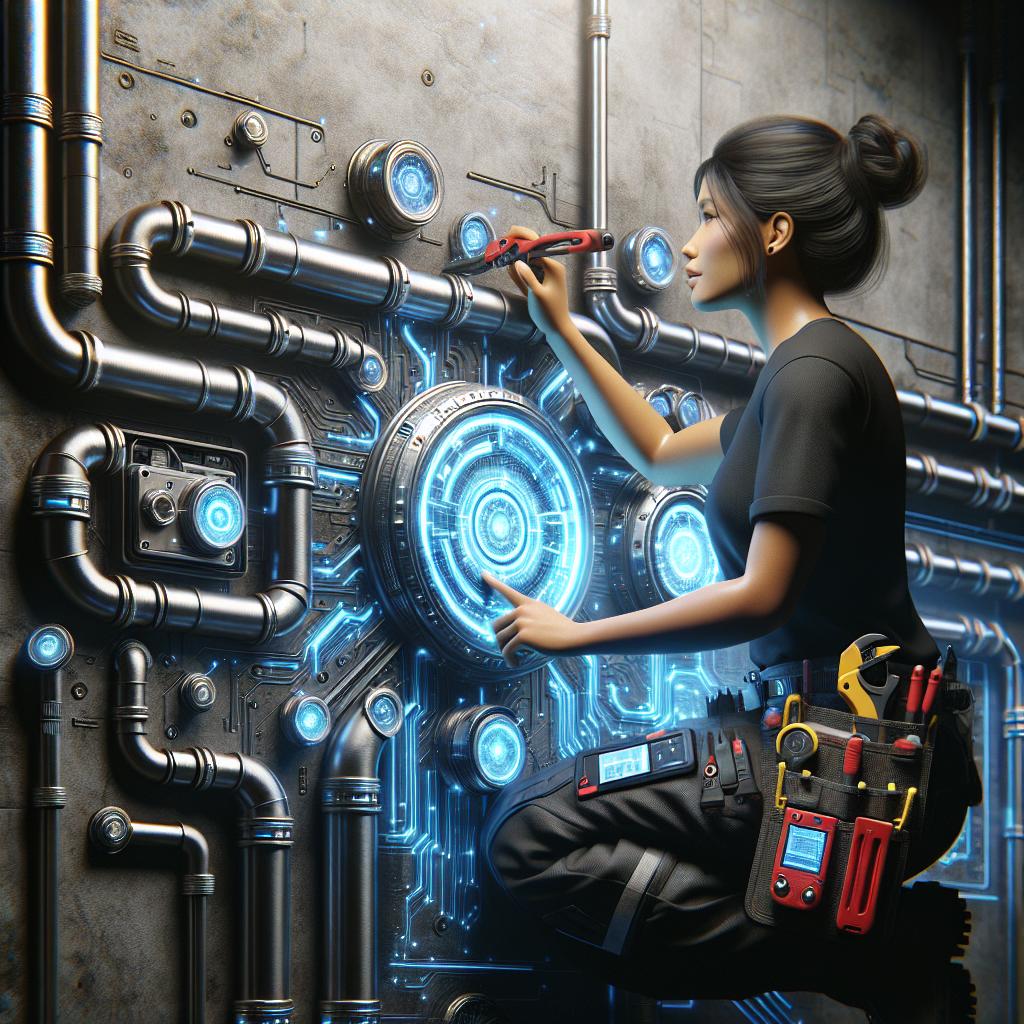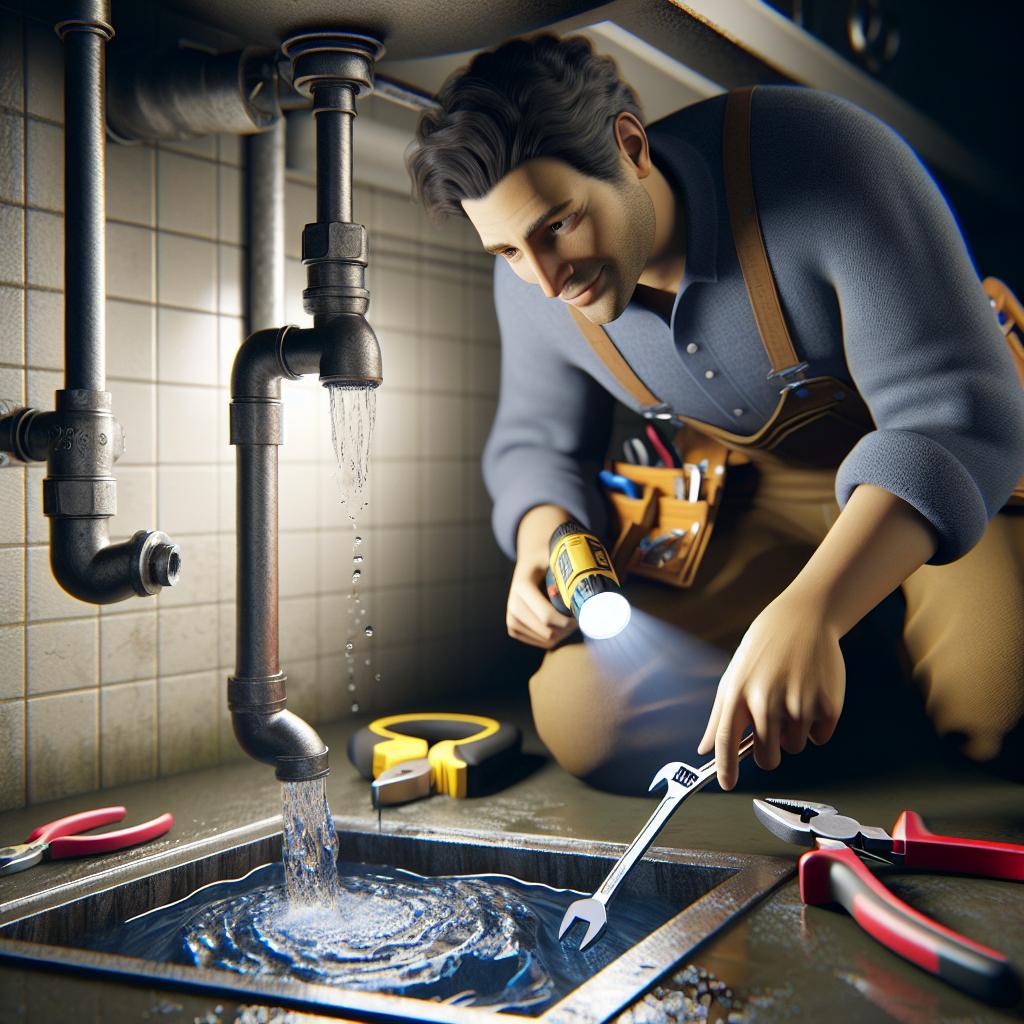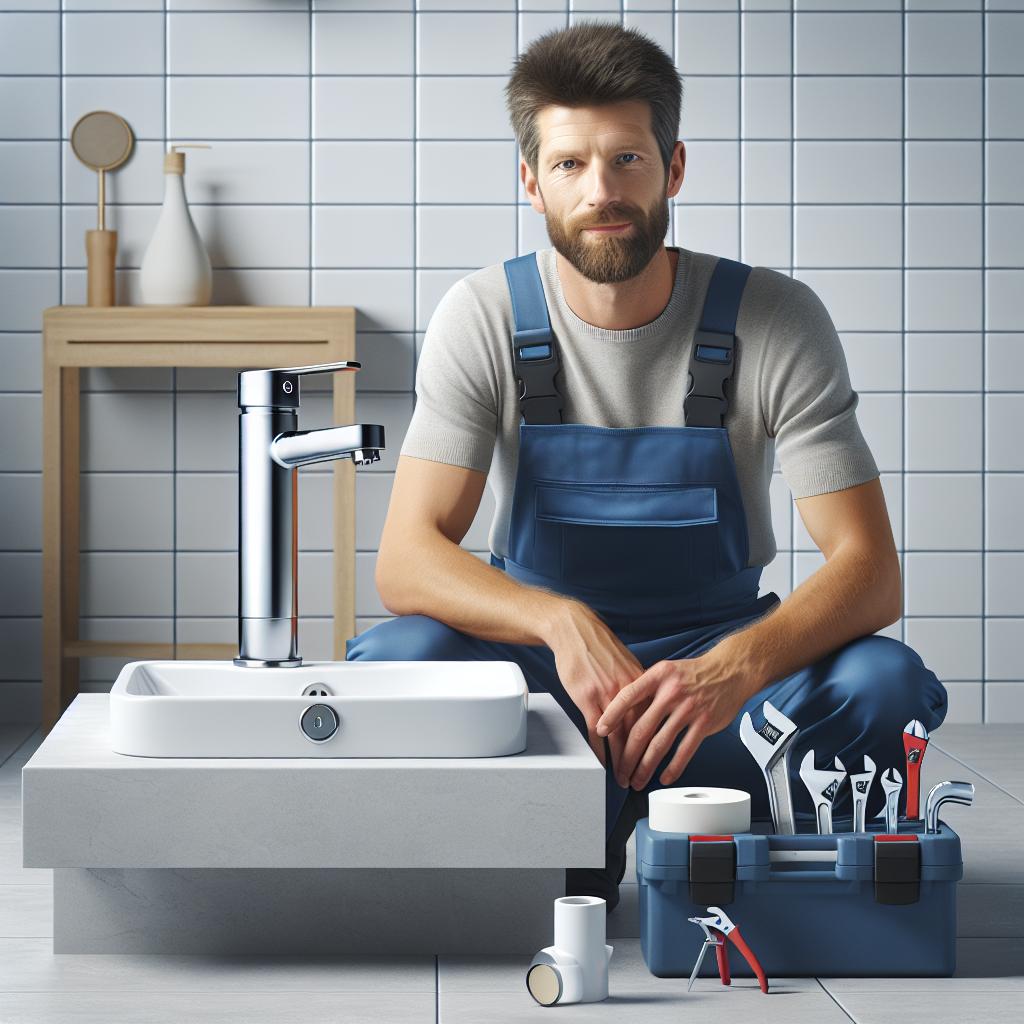Plumbing Essentials: 10 Frequently Overlooked Home Maintenance Tasks That Save You Money
Homeownership comes with a host of responsibilities, and among the most critical aspects is plumbing. While many homeowners focus on major renovations and upgrades, it’s often the smaller, _frequently overlooked tasks_ that can lead to significant savings over time. In this article, we will explore ten essential home maintenance tasks that you should consider to help maintain your plumbing system, prevent costly repairs, and ultimately save money.
Understanding Your Plumbing System
Before diving into the specific tasks, it’s essential to have a basic understanding of your home’s plumbing system. This includes your supply lines, drain pipes, fixtures, and appliances that utilize water, such as dishwashers and washing machines. Understanding the different components will help you identify potential issues early and allow for more proactive management.
1. Inspect and Replace Washing Machine Hoses
A washing machine hose usually has a lifespan of about 5 to 10 years. Unfortunately, many homeowners overlook the condition of their hoses until they burst, causing significant water damage.
Maintenance Tips:
- Check hoses for bulges, cracks, or any signs of wear.
- Replace rubber hoses with reinforced steel braided hoses for enhanced durability.
- Turn off the water supply when leaving home for an extended period.
By regularly inspecting and replacing aging washing machine hoses, you can significantly reduce the chance of water damage and costly repairs.
2. Clean Your Gutters and Downspouts
While gutters may not seem like a plumbing issue, failing to keep them clean can lead to serious consequences for your home’s plumbing and foundation. Clogged gutters can cause water to back up, leading to roof leaks and overflow that affects your basement.
Steps to Maintain Your Gutters:
- Remove leaves and debris from gutters at least twice a year.
- Ensure downspouts are directed away from your home’s foundation.
- Consider installing gutter guards to minimize debris buildup.
Keeping your gutters and downspouts clear helps prevent costly water damage and foundation issues.
3. Monitor Water Pressure
High water pressure can lead to premature wear on your plumbing fixtures and pipes, resulting in leaks and costly repairs. The ideal water pressure for most homes is around 60-80 psi. Checking your water pressure regularly can help you identify any potential issues early on.
Method for Measuring Water Pressure:
Use a water pressure gauge, which can be attached to an outdoor spigot. Make sure to take readings at various times to get an accurate average.
If your water pressure is higher than recommended, consider installing a pressure-reducing valve (PRV) or consulting with a plumbing professional.
4. Inspect Sinks and Faucets for Leaks
Small leaks in faucets and sinks can lead to significant water waste over time. Even a minor drip can cost you hundreds of dollars in your water bill annually.
How to Check for Leaks:
- Look for water stains beneath sinks.
- Check your water meter before and after a few hours of no water usage; if it changes, there may be a hidden leak.
- Inspect faucet fittings and connections regularly.
If you find leaks, fixing them promptly can help save both water and money in your bills.
5. Flush Your Water Heater Annually
Many homeowners forget about their water heater until it stops working or starts leaking. Sediment buildup in your water heater can lead to reduced efficiency and a shorter lifespan.
Flushing Your Water Heater:
- Turn off the power to the heater and close the cold-water supply valve.
- Attach a garden hose to the drainage valve and direct it to a nearby floor drain or outside.
- Open the drainage valve and let the water flow until it runs clear; then close the valve once finished.
Regular flushing of your water heater can improve efficiency and prolong its life, preventing costly replacements and repairs.
6. Regularly Test Your Sump Pump
If your home has a sump pump, regular testing is essential to ensure it functions correctly, especially before rainy seasons. A failing sump pump can lead to basement flooding, resulting in extensive damage and repair costs.
Testing Your Sump Pump:
- Pour a bucket of water into the sump pit. The pump should activate and remove the water.
- If the pump doesn’t turn on, check the power supply and make sure it is working. If issues persist, consider calling a professional.
Maintaining your sump pump can mitigate the risks associated with flooding and water damage, saving you considerable expense in the long run.
7. Seal Leaks Around Windows and Doors
While not strictly a plumbing task, sealing leaks around windows and doors helps enhance energy efficiency in your home. Water leaks can lead to mold growth and costly damage, and increased heating or cooling costs can accumulate over time.
Ways to Seal Leaks:
- Check for gaps in window frames and doorways.
- Use caulking or weather stripping to fill the gaps.
- Consider adding door sweeps.
Sealing leaks can save on energy bills while protecting your home from potential water damage.
8. Insulate Pipes in Unheated Areas
Insulating your plumbing pipes, especially those that run through unheated spaces like attics or basements, can help prevent issues related to freezing temperatures. Frozen pipes can burst, leading to significant water damage and costly repairs.
Pipes Insulation Tips:
- Use foam pipe insulation sleeves for easy installation on exposed pipes.
- For more extensive areas, consider using heat tape specifically designed for pipe insulation.
- Check insulation regularly to ensure it remains intact.
By insulating your pipes, you can help avoid the headaches and expenses associated with burst pipes during colder months.
9. Test Your Toilet for Leaks
Toilets are one of the most commonly used fixtures in the home, and they can often have hidden leaks that go unnoticed until they result in a higher water bill or water damage.
How to Test for Toilet Leaks:
- Add a few drops of food coloring to the toilet tank.
- Wait for about 30 minutes without flushing. If the color seeps into the bowl, there’s a leak.
If you discover a leak, replacing the flapper or other internal components can remedy the issue and save water and money.
10. Know When to Call a Professional
Lastly, while proactive maintenance is vital, it’s equally important to know when to enlist the help of a plumbing professional. Attempting to handle complex issues can lead to further damage or personal injury.
Signs That Indicate a Need for Professional Help:
- Persistent clogs that don’t respond to commercial drain cleaners.
- Water bill spikes with no apparent cause.
- Unpleasant odors coming from drains or sewage systems.
Understanding your limitations can save you money by preventing even more costly repairs down the line.
Conclusion
Maintaining your plumbing doesn’t have to be overwhelming or costly. By incorporating these _frequently overlooked maintenance tasks_ into your routine, you can protect your home from potential issues that lead to expensive repairs. Remember, prevention is always better than cure; thus, taking small steps can lead to substantial savings and peace of mind.
As a responsible homeowner, make it a habit to check these essential tasks regularly and ensure your plumbing system runs smoothly. Your future self (and your wallet) will thank you!
